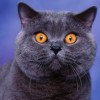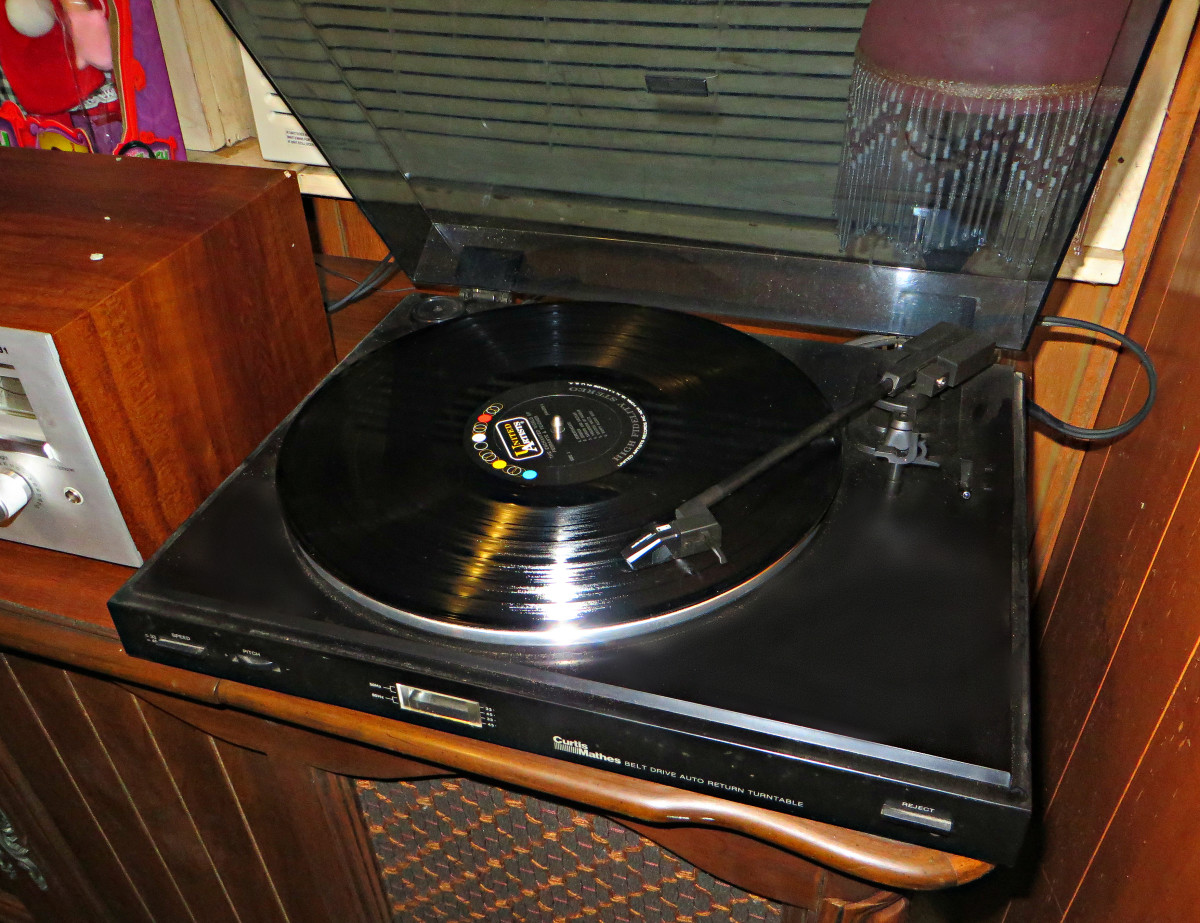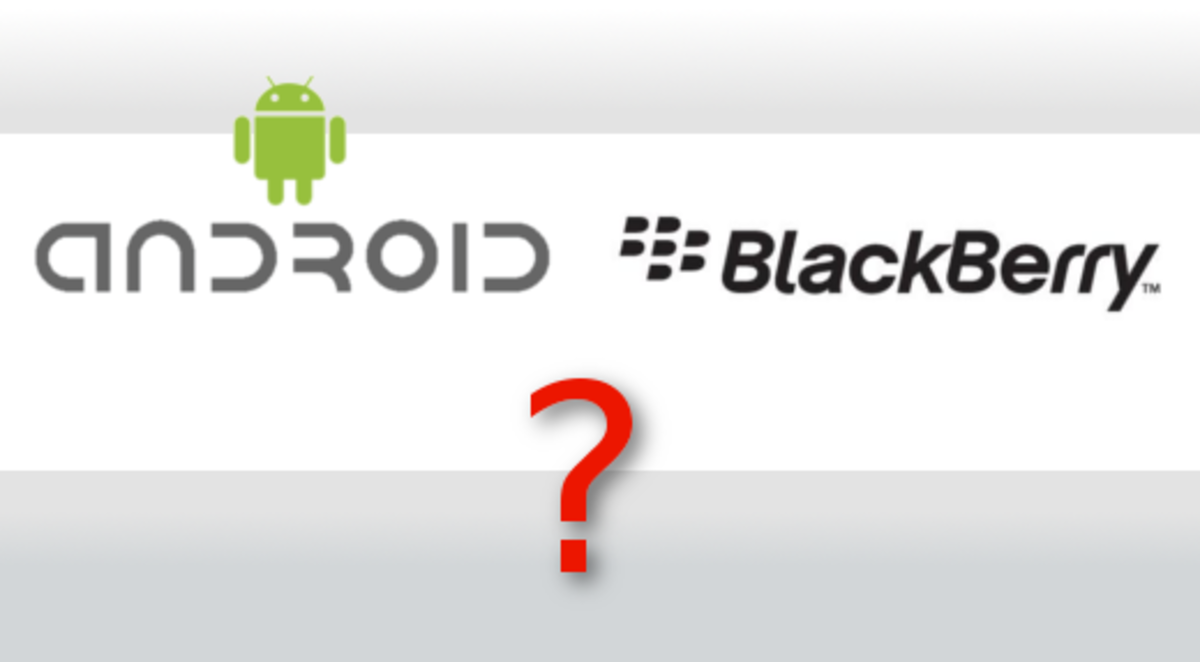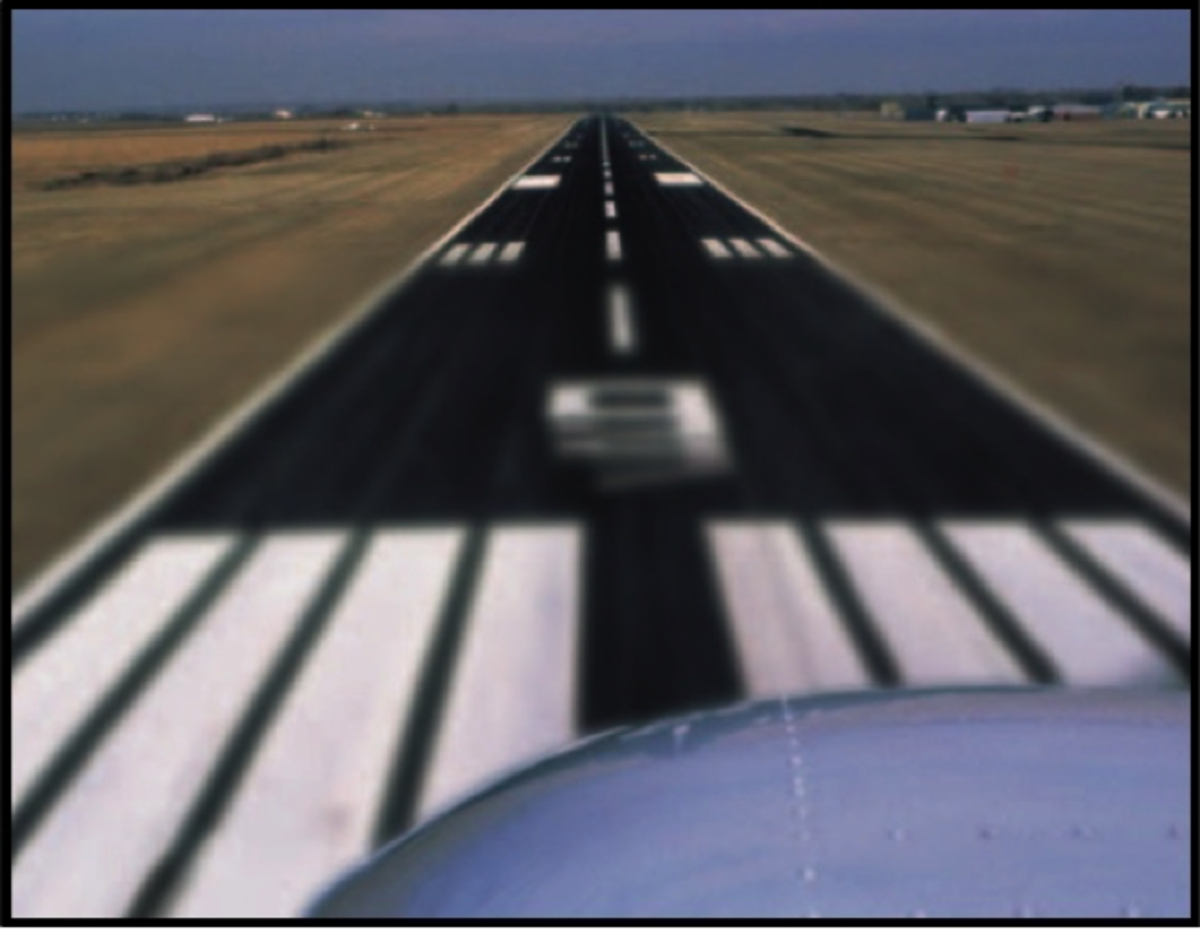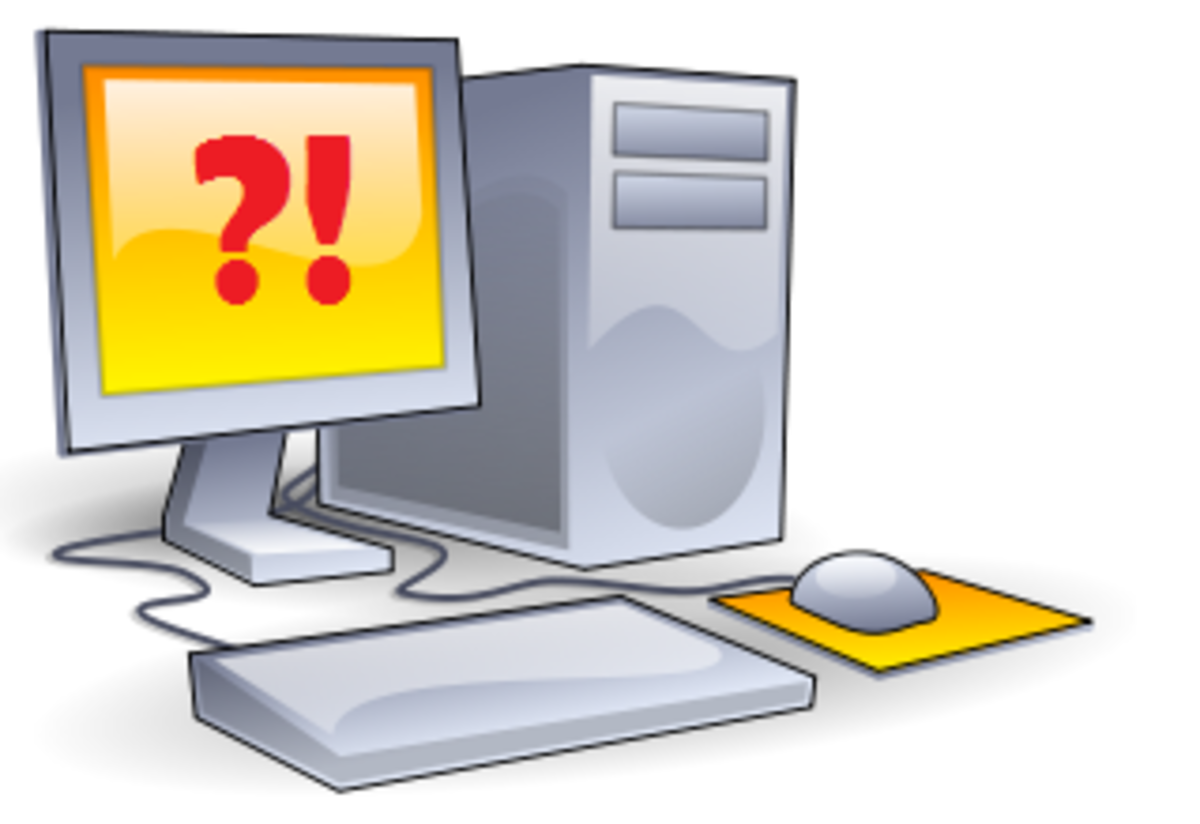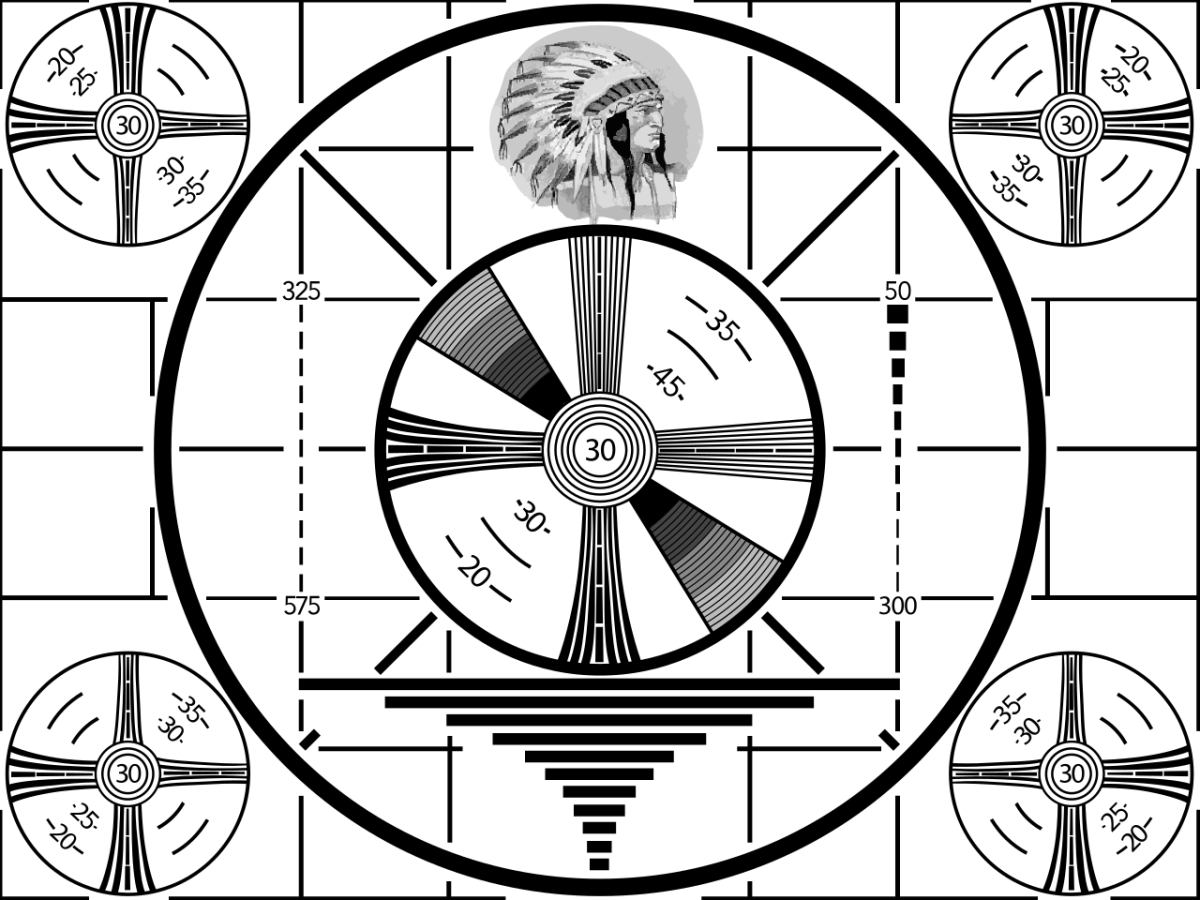Advanced Turntable customization
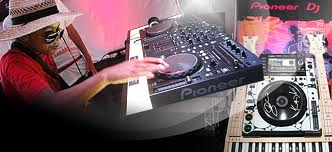
You can change the speed that the record plays on a turntable with some basic control. Most DJ's however, want more than just some chipmunk impressions. However you as a DJ have access to a wide range of creative tools, to help really give your music your individual signature, and personal flare.
There are lots of different sizes of equipment that you can add on to help give your music that extra edge, however, you will have to figure out just how much space you will need as a DJ. Sometimes there will be clubs were you will have no chance of setting up all your equipment that you want. Its always a good thing to ask for the measurements of the table that you will be using at the venue that you plan to play at, before arriving.
So what tools can you actually use that you will be able to have access to wherever you DJ? Well here is a few ideas:
Pitch range
Most turntables hsould have a pitch range of around a 50 % variation, and this can give you a wide range of scope for customizing your tracks. This is especially good if you are starting to warm up crowds, as you can move from a slower sounding track, and gently start to get them on the dance floor. You won't really need to go up-to the full variations that are on offer, but with just a little tweaking, you can make a huge difference. Some DJ's do like to be creative though with the far out variations, and they can usually find certain sounds and noise make a great addition to their mixes. That is exactly what they are, a mix. This won't work well with vocal sounds so stick to just the musical instrumental tracks.
Sometimes you will want to slow things down also, as a top dj will monitor their crowd, as well as their music, and sometimes people need to rest, even when they are on all night upper drugs. So you can use the pitch to slow things down a little, and let people leave the dance floor, and then some can join as they will know you are going to be starting back up again furiously.
Pitch bend
Pitch bend is to help DJ's with their beatmatching on their cd player decks. The concept is that if the beat starts to slip out of time,there are buttons to help you just give the record a tiny speed boost. This is what a DJ is doing when you see him give the side of a deck a little bump, or when they adjust the pitch control. The pitch bend is the equivalent tool for the CD DJ. There are 2 buttons for this and the are the + and the - buttons. You should defiantly practice these continuously, and even purposely putting your records out of sync while you beat match so that you can get the hang of using them.
Tempo Reset/Quartz Lock
When you are adjust the pitch control to help with your record playing you might find that you want to have a more accurate measurement of the pitch control. Previously turntable manufacturers has used buttons for the pitch control, but changed after finding that most professional DJ's preferred the slider option, so they could blend the music better. The problem with the slider through is that you can't tell when you are back to exactly zero again. Some of the turntables that you use will have a green LED to show that you are at zero, however the best thing to have access to is a quartz lock, or sometimes called a reset button. This will at any point just bring the pitch control straight back down to zero, and you can continue on with your mix.
Master Tempo/Key Lock
Sometimes you want to speed up a track, but you can't use the pitch control, as you want to keep the pitch the same. This is were the master tempo helps the DJ. You can add some great sound effects and mixing styles by combining the master tempo key,and the pitch control, however you will have to be careful, as you can sometimes add some interference, and noise when you start to go to the far out settings. The use of these 2 together should be heavily practiced, and you shouldn't think of them as much as wild effects, although that can work, they are like the gentle mix between 2 different records, or styles to give a good flavor of continuity, and allow the dj to keep things smooth as silk.
Adjustable brake for Start/Stop
Just because a DJ stops a record, doesn't meant that the party is over. Far from it, sometimes if there is a large crowd, the DJ might want to stop the music to hear the crowd give some yells, screams or whistles. With a direct drive turntable you can use the start stop button which takes about a half second to stop. This is equal to one bar of music, which is the same as four beats. This is great for signalling to the crowd to that this current set is over, and you will be starting a new one right after.
Reverse play
A slight variation on the stop effects is the reverse play button, now this isn't on all turntables, but is on lots of them, so don't expect to really use this feature all the time. It should be used carefully, as its really a gateway to help with a mix that you are currently doing, or can be a signal for a start or finish of a set. With cd technology instead of turntables, the change can be instant. personally i don't like this, i much prefer to hear the sound that comes through the change.
Different shaped tonearms
There are 2 main types of tonearm shapes which started with the S-curve tonearm, and then gradially changed to incldue the straight tone arm. The reason for the S-curve tonearm int he first place was to create a number of forces on the needle as it was being pulled over the record. Almost like a balancing act, with a tracking force, and vertical force, and also an inside force. This does however create some wear on your records, due to the friction involved, and can sometimes cause the needle to jump right out of the record groove.
The straight needle was then introduced to try to reduce this, and thanks to the popularity and reliability of the scratching technique, has become more popular among djs. There are turntables that you can buy though that have both interchangeable, as some DJ's do still prefer a S-curve.
